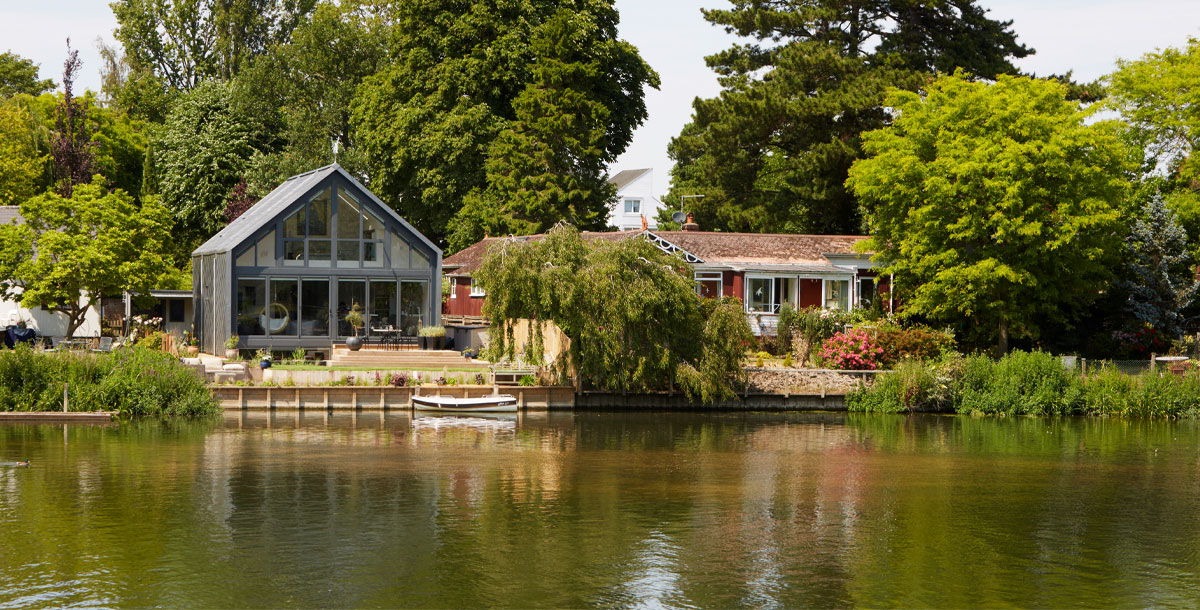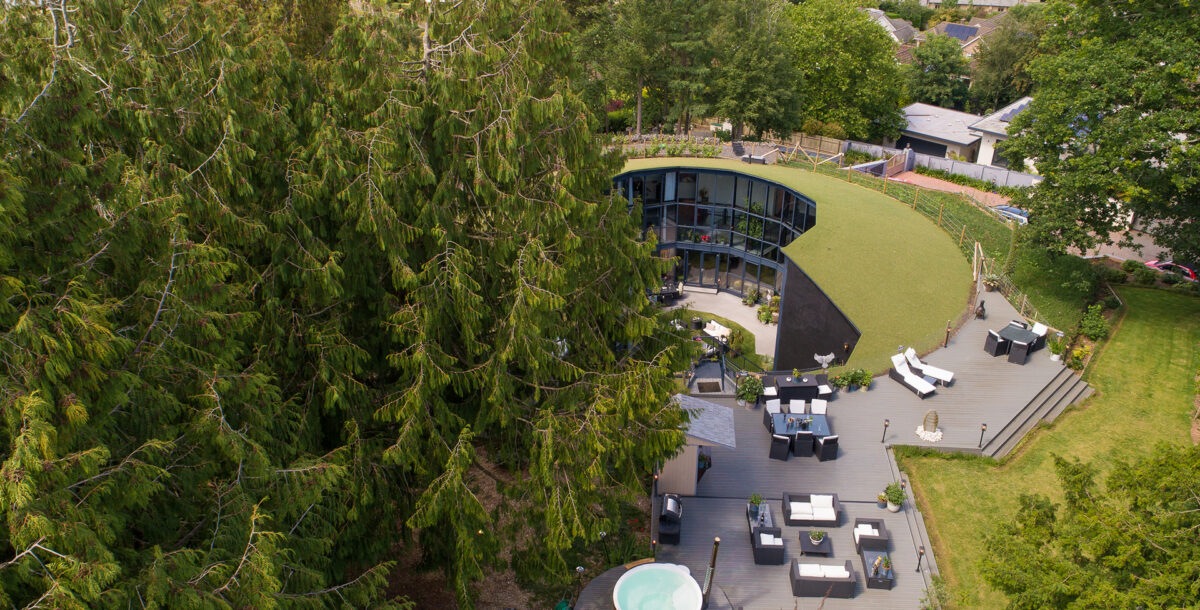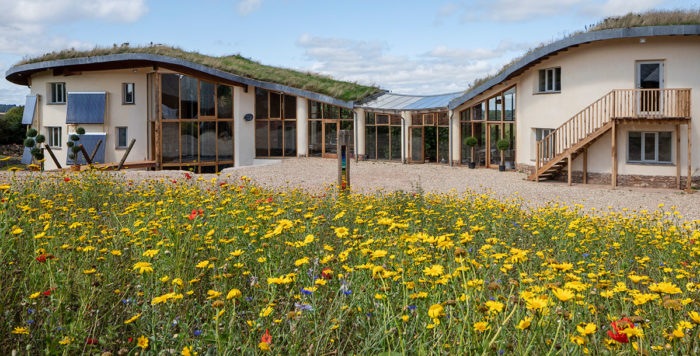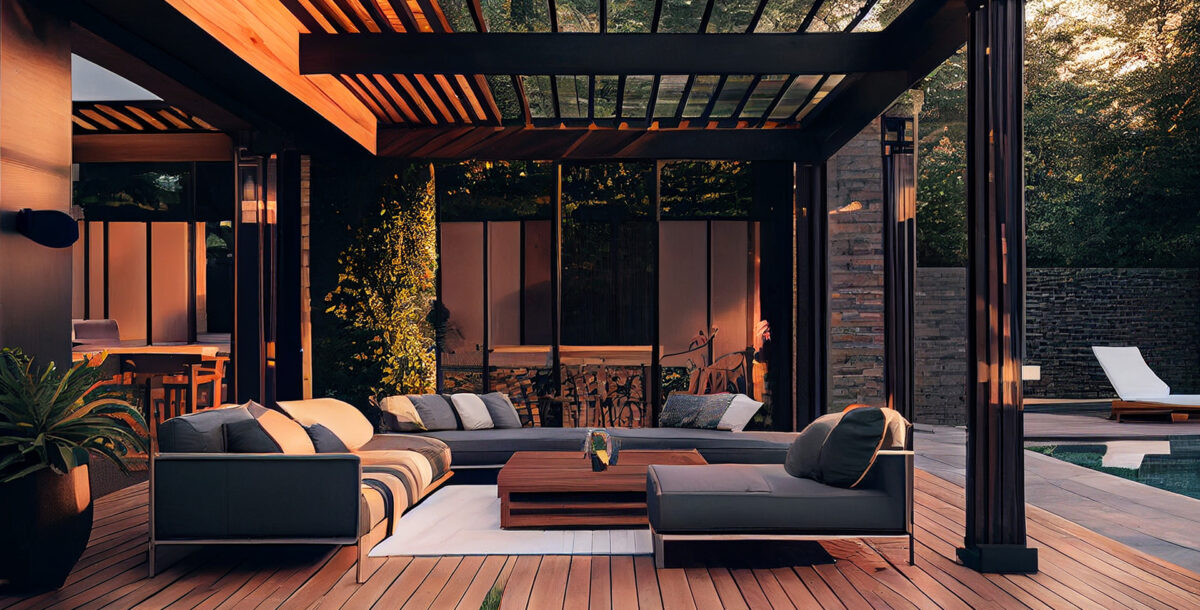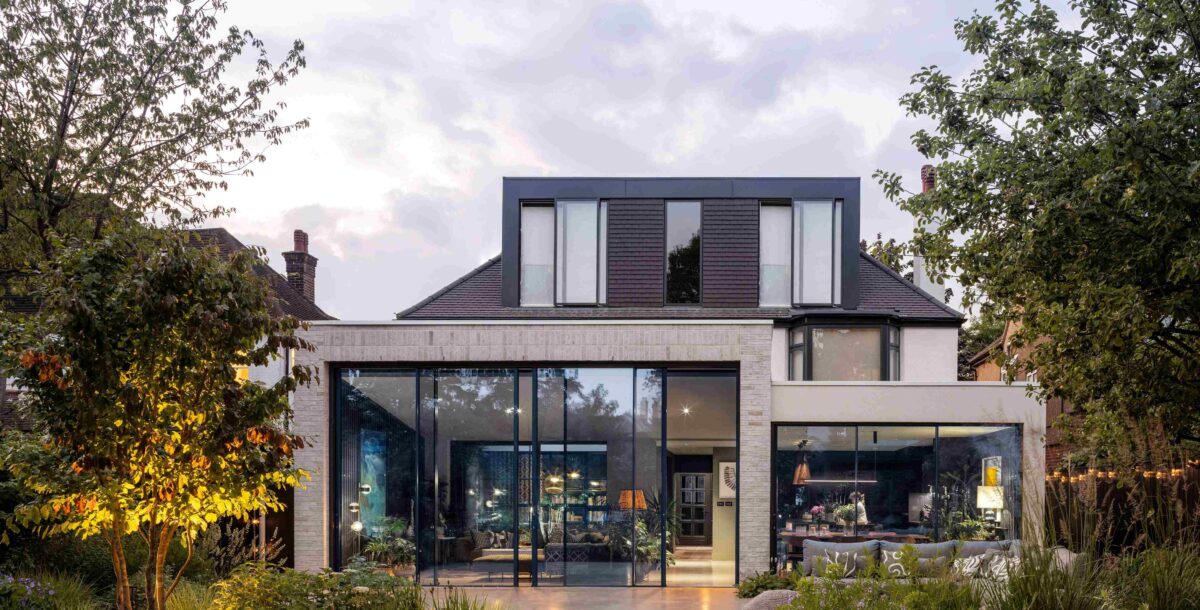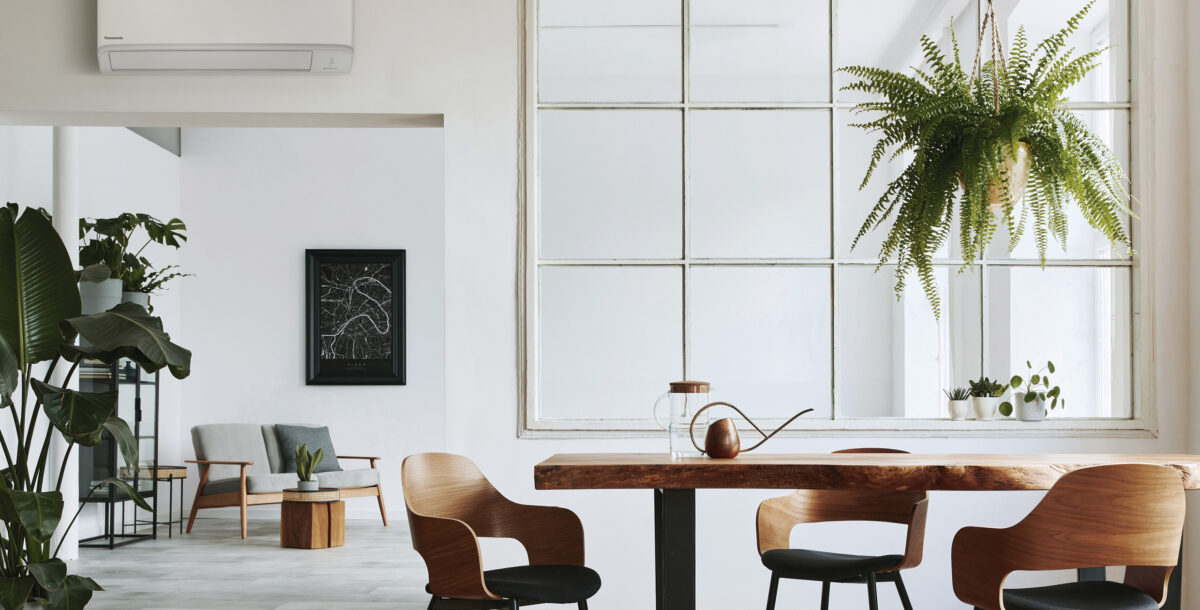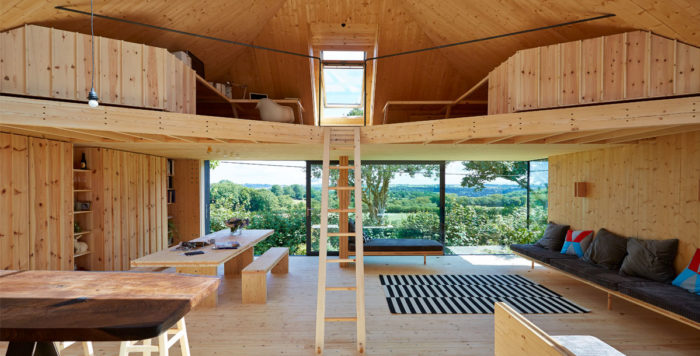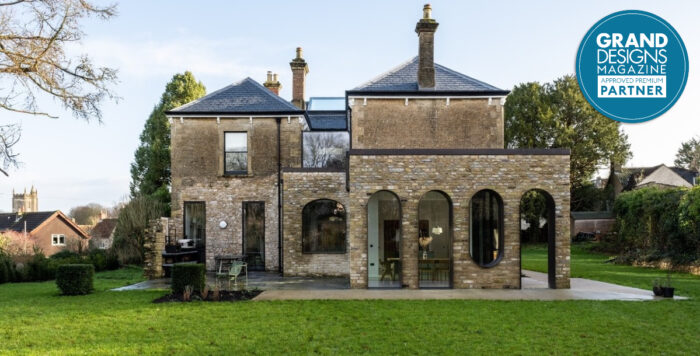The amphibious house in Buckinghamshire
The flood-proof floating house was an engineering gamble that paid off
The Grand Designs amphibious house in Buckinghamshire, which first graced our screens in 2014, was a first for the UK. Here, Andy and Nicki Bruce explain how they built their innovative flood-proof home.
Kevin McCloud described it as ‘an experimental piece of engineering,’ when he first heard about Andy and Nicki Bruce’s proposals for an amphibious house designed to float should their plot ever flood. It was something never attempted in the UK before, but the couple pressed ahead with the courageous scheme so that they could afford their dream house with views over the River Thames.
Andy, the chief executive of a UK software company, and Nicki, a garden designer, have lived in Buckinghamshire with their son and their two springer spaniels for 23 years. They had always dreamed of residing by the river, but with house prices rising rapidly beyond their means, they decided to buy a plot with a bungalow on it, knock it down and build a modern house.
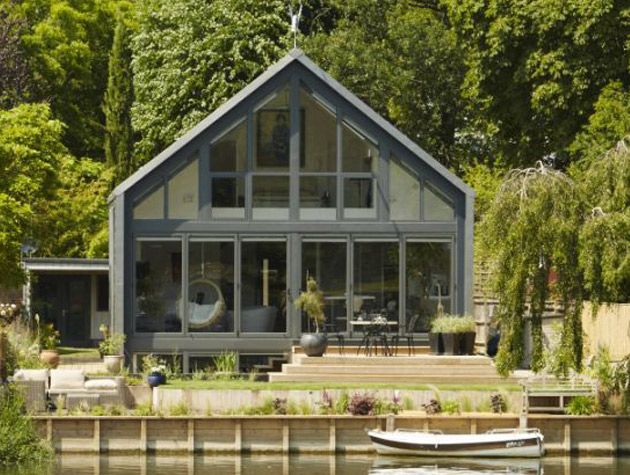
Photo: Darren Chung
Building a flood-proof house
There was just one problem – the land, which lies on a private island only accessible via a narrow footbridge, is prone to flooding. You may remember the couple experiencing a natural disaster first hand on the TV show only eight months into the build.
‘We initially considered building on stilts, but that would have limited the height of the final design because of planning restrictions,’ Andy explains. The solution was an ‘amphibious house’, designed by Baca Architects. Although it’s already a popular construction method in the Netherlands, the flood-proof concept is brand new to Britain.
The plan was to excavate around 1,000 tons of earth, digging to a depth of about four metres below the average water level. The vast hole would then be lined with solid reinforced concrete. Inside this dock, a concrete box forming the basement of the house would float if and when flooding occurs. Mechanisms known as dolphins keep the structure level, while a prefabricated timber frame sitting on top provides the living accommodation.
Thankfully, planning was granted for the bold scheme in 2011. ‘We knew it would be a complex application as we were going to have to explain to the planners what an amphibious house is,’ says Andy. ‘We needed to have extensive discussions with both them and the Environment Agency about the nature of the application before consent was granted.’
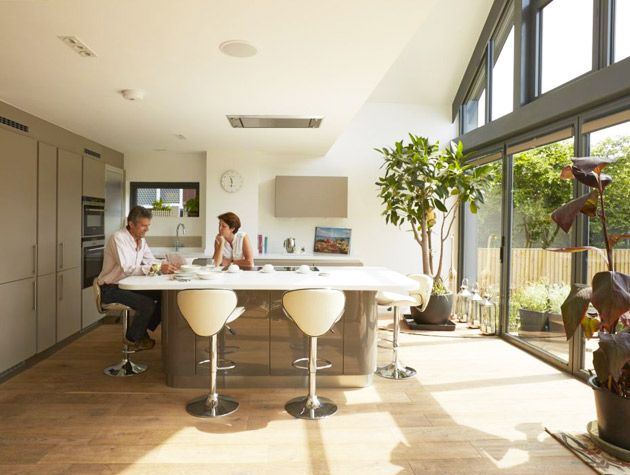
Photo: Darren Chung
Spiralling costs
In May 2013, the work began, with a local builder demolishing the existing bungalow. Meanwhile, a contractor set about renting a field on the opposite side of the river to accommodate a building site and to build a chain ferry to enable materials and equipment to be taken across to the island plot. However, it soon became apparent that, with rising costs and lack of progress, a different approach was needed.
‘In hindsight, we should have split the work into two contracts, using specialist engineering experience,’ says Andy. Eventually, Andy and the contractors parted company – although, unfortunately not before the Bruces had spent an extra £80,000 on the build. In December 2013, the couple employed two principal contractors – Greenford for the float unit and NRJ for the project management.
However, within weeks there was another setback – extensive flooding along the Thames. This meant the site was inundated and remained at least four feet under water for nearly 12 weeks. Although it dealt a blow to their resolve, Andy and Nicki remained positive and, once the waters had receded, work continued under the new project management team. ‘NRJ was brilliant,’ says Andy. ‘For the first time we felt as though we had the right supportive team of people on our side.’
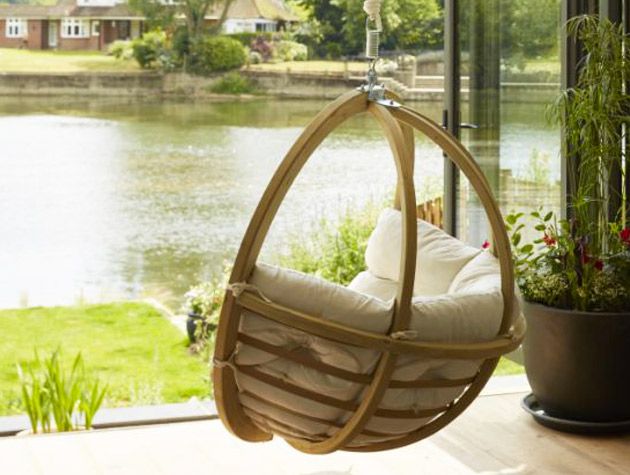
Photo: Darren Chung
It floats!
In July 2014 the floating structure was finally put to the test, and Andy and Nicki anxiously waited in the wings to see whether the mechanism would work. Thankfully, after pumping water from the river into the dock, the dolphins worked as they should and the house gently rose with the water level. The remainder of the build could then continue. The timber frame was attached to the top of the concrete structure and a dragon-scale zinc cladding wrapped around the building’s exterior on two sides.
We chose this covering so that we could use the same material on the roof and sides of the building,’ says Andy. ‘It should last a lifetime. The original design had plain vertical sheets of zinc, which we thought would be far too industrial. It did end up costing more, but we’re glad we went with the diamond-shaped tiles as they complete the look perfectly.’
The finished project is a beautifully contemporary property, and the quality of the interiors matches the precision of the engineering. As you walk through the front door you step into a corridor, with the spare bedroom to the left, a coat cupboard to the right and then another bedroom. Head towards the back of the house and you enter an open-plan kitchen/living area with huge double-height glazed windows.
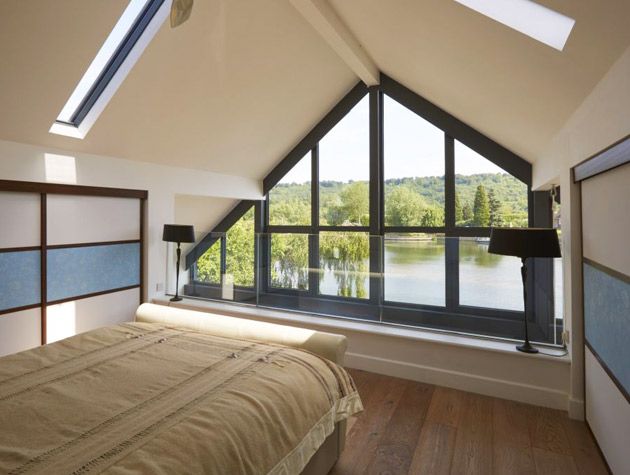
Photo: Darren Chung
Beautiful views
‘The wall of glass provides a great view out on to the river,’ says Nicki. ‘We have a swing seat in the sitting room, which both children and adults love.’ As you make your way back along the corridor you come to a flight of stairs that leads down to a basement, housing the games and cinema room and study. Upstairs, there’s the master bedroom with dressing room, WC, a separate shower/steam room and master en suite. Outside, the garden has been landscaped with borders, lawns and decking going down towards the river.
Although the project was far from plain sailing, the couple are ultimately pleased with the outcome. ‘All we wanted was a view of the water – we didn’t necessarily set out to build from scratch,’ says Andy. ‘We wanted to live near our local town and yet have the privacy, peace and quiet of being near a river. It’s the best of both worlds and has made all the hassle we’ve been through worthwhile.’
Thankfully, the local island residents were very supportive throughout the project. ‘It’s a really special community. Our neighbours made it 10 times easier. This was a difficult build but it could have been much worse – they even hosted the TV crew during filming.’
Watch the amphibious house episode of Grand Designs on All 4

